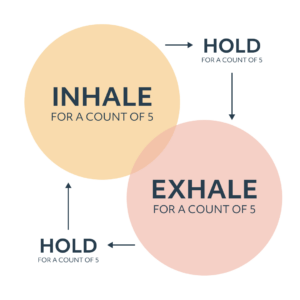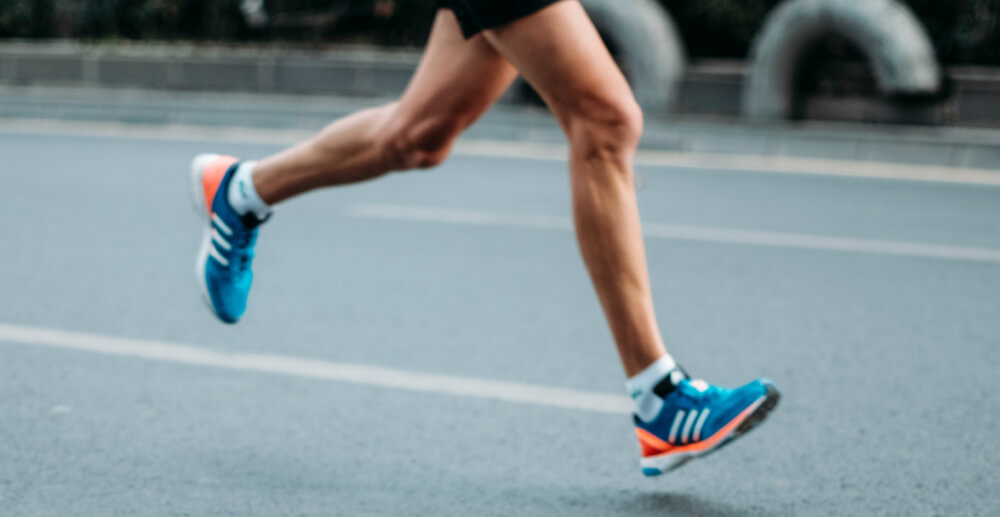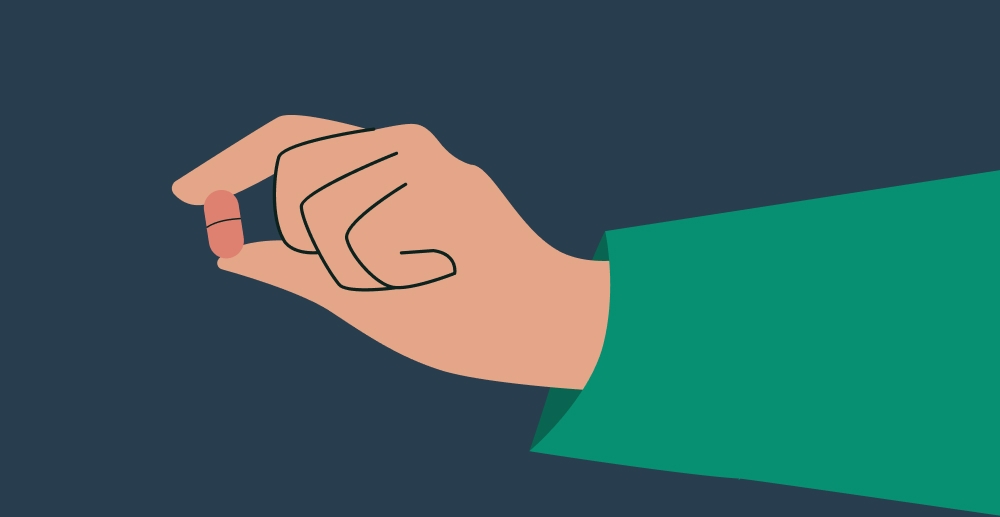When I started my recovery, I heard the phrases “recovery toolkit” and “spiritual toolkit,” and wondered when I would get mine. I wanted someone to hand me a set or list of tools that would help me—I was picturing one of those nice metal tool chests with drawers, full of items that would fix my addiction-raddled brain. It was immensely frustrating to me to discover that I was meant to learn new coping tools as I went and to develop my own toolkit of practices and strategies. Frankly, I felt ripped off.
With time and growth, I’ve come to appreciate the fact that each of us creates our own recovery toolkit. After all, what works for me won’t necessarily work for everyone else. But I remember my early frustration and wonder if there are others in early sobriety who feel the same. This post is intended to help people who feel like I did to develop their own kit of coping tools.
What is a recovery toolkit anyway?
A recovery toolkit (some say “spiritual toolkit” or “spiritual toolbox”) is the set of action-based practices and strategies that support us in our recovery journey. These tools can help us feel more stable, happy, focused, or relaxed, and can assist in navigating our triggers, coping with our cravings, and managing our emotions.
Many of us grew up without learning effective coping methods and used substances to fill that gap. Now that we’re in recovery, we know that leaning on substances isn’t safe, healthy, or good for us, so we need to find more positive options. There are a huge number of possible tools available for you, and you may find some more helpful than others.
Tools for your toolkit:
Cravings log
A daily record of your experience with cravings. In each entry, note down the key elements below:
- Date, time, and situation where you felt the craving
- Activities/thoughts/feelings before craving began
- Outcome (what happened)
- Thoughts/feelings after outcome
Keeping this regular record can be incredibly helpful in identifying your triggers. Once you figure out what places, people, emotions, or activities trigger your cravings, you’ll be able to plan how to avoid or navigate them. On days when you don’t feel any cravings, make a note of what happened that day, too! That’s important information.
Talk to a trusted person
When you’re struggling, reach out to a person you trust, who supports your recovery. They can offer a sympathetic ear and sometimes provide new insight. It can also be helpful to talk about things other than your difficulties. Focusing on what’s up in your friend’s life can be a good way to pull yourself out of your spiraling thoughts. Some people find it useful to set up a codeword with their loved ones, like texting, “Code Gray” or something when they’re feeling triggered or stressed.
Meditation
There’s a reason so many people and cultures around the world swear that meditation makes them feel more calm and stable. If meditating on your own sounds intimidating, there are a lot of free guided meditations out there. I appreciate many of the free meditations on the Insight Timer app, and Workit Health has a short playlist of relaxation meditations on YouTube.
Meditative action
Is there a hobby, activity, or exercise that gets you into the flow and out of your mental rut? That belongs in your toolkit! For me, it is cross stitch, nail art, and Tetris. For some of my friends, it is working on cars, riding a bike, hot yoga, doing puzzles, or sewing a quilt. We have a blog post about Meditation in Motion with more ideas for meditative action.
Breathing
There’s a basic breathing pattern called “box breathing” that can help you feel more grounded and relaxed. The pattern is: inhale for a count of five, hold for a count of five, exhale for a count of five, hold for a count of five. Repeat for four rounds of breathing.
Journaling
Most of us hear the advice to journal pretty frequently in recovery because it can be such a useful and versatile tool. Journaling is a great way to explore your emotions, track your progress, and manage your impulsivity. Some people like to write a stream of consciousness about what they’re feeling and doing, while others prefer to respond to prompts. If doodling and art are part of how you express yourself, you can include those in your journal, as well.
Self-care
Self-care is a popular buzzword, but at its core, it is the vital practice of taking care of yourself—doing things that promote your own health and well-being. A quick self-care check is the H.A.L.T. acronym that we use in recovery. Check in with yourself to see if you’re:
- Hungry? Eat something (preferably something nourishing). It’s startling what an impact hunger can have on our mood and attitude.
- Angry? Recognize your anger and resist the impulse to lash out. Try using one of the coping methods listed above to manage your anger until your mind is clearer.
- Lonely? Call someone, log onto a Workit Recovery Group meeting, go to a peer support meeting, or ask a friend to run errands with you. You could even just be around other people by walking in the park, doing laundry at a laundromat, or watching a movie at the theatre to laugh along with others.
- Tired? Take care of your body by giving it the best chance of a full night’s sleep and by taking breaks as needed during the day. Being tired is a burden, so lighten it as much as possible by valuing your rest.
There are a lot of other ways to practice self-care, including hygiene (which promotes health and self-esteem), taking quiet time for yourself sometimes, staying hydrated, spending time with pets, getting enough sunlight, light exercise, and more.
Gratitude exercises
Gratitude is beneficial to your mental, physical, and emotional health, and gratitude exercises can be part of your recovery toolkit. There are a ton of exercises, several of which we listed recently in a recent post about gratitude. Some others include listing five things you’re proud of, reaching out to someone to express your gratitude for them, or spending ten seconds recognizing and appreciating something that has gone well for you recently.
Prayer
For many who have spiritual or religious beliefs, praying can help be a great source of comfort and peace. There is no one right way to pray, as long as you are intentionally connecting and communicating with what recovery circles call your “Higher Power.” (Because religion can be a sensitive subject for a lot of folks, I want to repeat that different tools work for different people. If prayer isn’t for you, move on to another tool.)
Distraction
While mindfulness is extremely important, sometimes when you’re having a craving or feeling stressed, a distraction to get your mind off of things is the best short-term solution. I find that puzzle, word, and number games are excellent distractions. Watching something funny or looking at cute animals can also divert your attention from what’s bothering you. And there’s a time-honored strategy of distracting yourself from your own problems by helping someone else with their own problems.
Workit Courses
Workit Health has an online curriculum of skills-based therapeutic courses. If you’re a member, you will receive a personalized curriculum, and your coach or counselor can also special deliver courses that are relevant to your life and needs. If you’re not a Workit member, you can download our app and try out twelve courses for free.
Get outdoors
Many people find spending time in nature to be healing and uplifting. This could mean something higher intensity like hiking, rowing, or biking, or it could mean something low-key like a short walk in the sunshine. Maybe you love to explore the forest, or maybe you’re more into sitting on a bench and watching the squirrels. However you like to connect with nature, use it as a tool when you find yourself under pressure.
Attend a meeting
Whether in-person or online, recovery meetings can provide guidance, community, and a sense of purpose. That’s why most recovery programs include them, and Workit Health has groups just for members. You can also go to 12-step meetings (from AA to Medication-Assisted Recovery Anonymous), SMART Recovery, Refuge Recovery, or other peer-support meetings.
Once you find some tools that work well for you, it can be helpful to create a physical reminder of them. We call this a “Coping Card.” Write it on a card to keep in your pocket or wallet, or make a reminder you can look at on your phone—whatever will make it easy for you to find and use it when a craving or painful situation crops up. Along with a list of several tools from your recovery toolkit, you could include a reminder of why you’re in recovery, names and numbers of three people to call for support, or a meaningful quote. It may not be a metal toolbox, but a Coping Card can help you reach for the tools you need when you need them.
While I hope this list will help you develop your recovery toolkit (or just recognize tools you’re already using), it is a very incomplete list. There are so many more possibilities. And remember, your recovery toolkit will keep evolving as you and your needs change. If a tool you’ve been relying on no longer serves you, set it aside for now and try something else!










